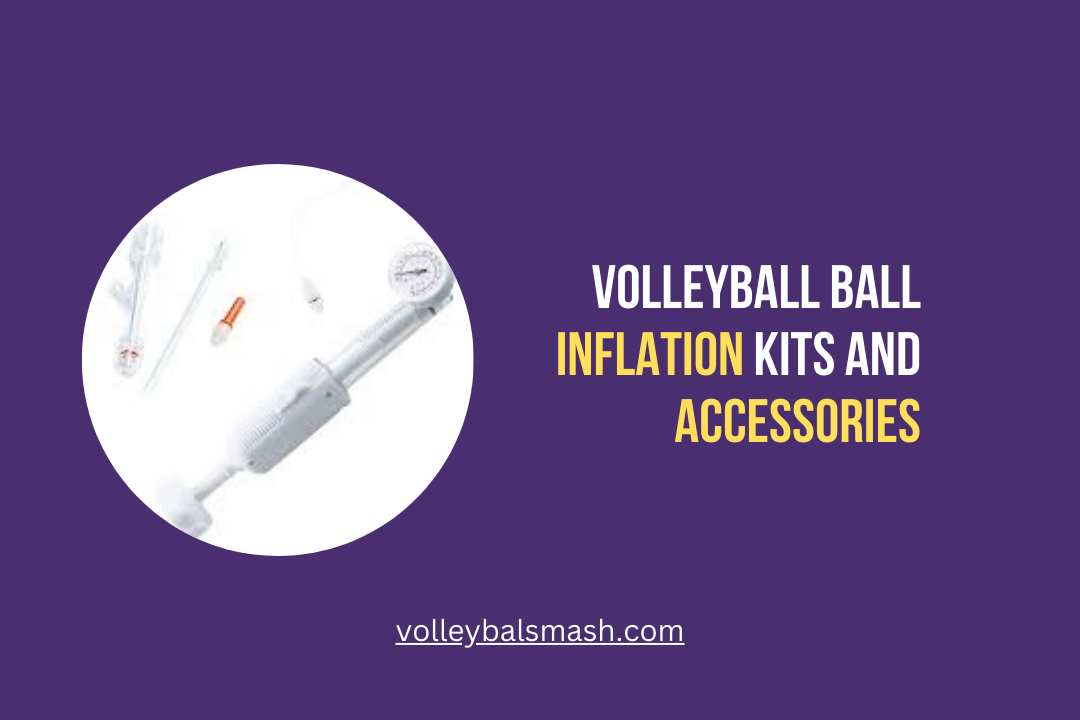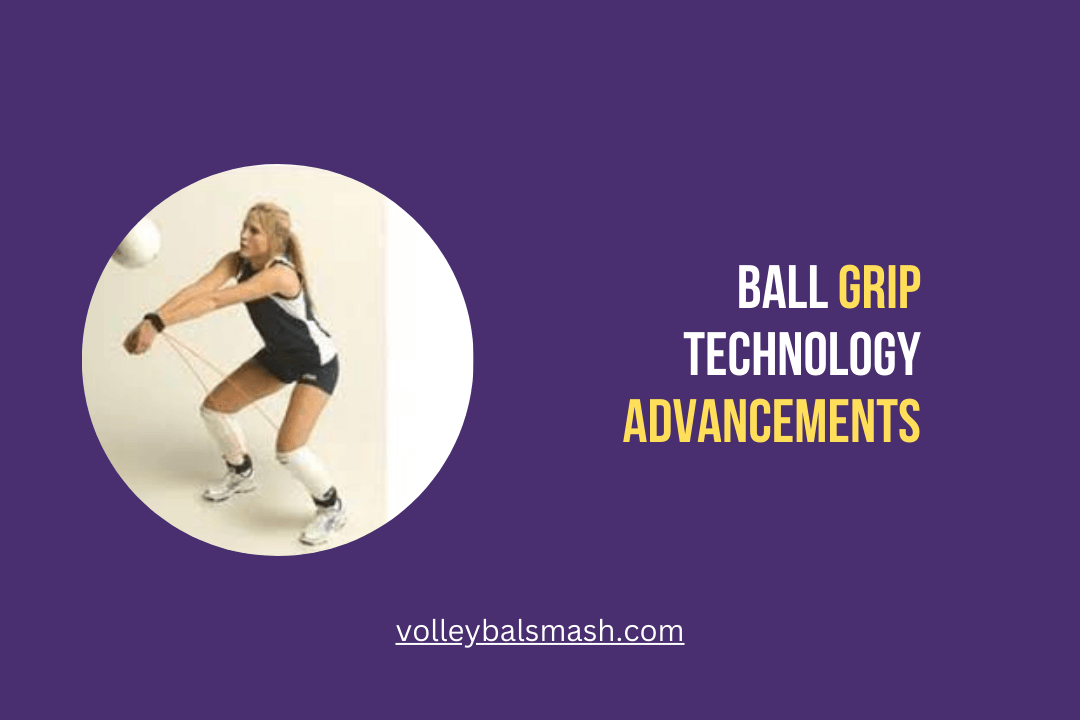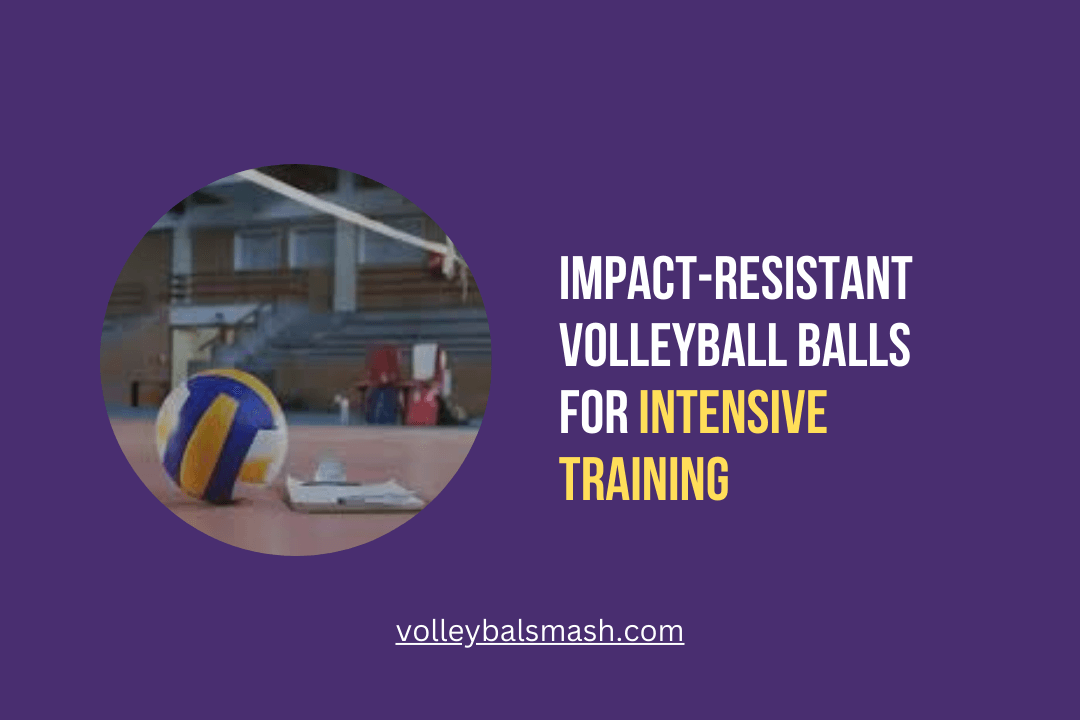Palming the volleyball may seem like a simple task, but the way you grip the ball can greatly impact your performance on the court. When it comes to handling a volleyball, there are certain techniques you should keep in mind to ensure that your grip is not only secure but also effective in controlling the ball. In this blog post, we will explore some key strategies for gripping a volleyball that will help elevate your game and prevent potential injuries.

Basic Gripping Techniques
Assuming you are new to the sport of volleyball, it is important to start with the basic techniques for gripping the volleyball. Proper grip helps you control the ball and make accurate plays, whether you are serving, setting, or spiking.
The Cupped Hand Grip
When using the cupped hand grip, you want to create a cup shape with your hands to secure the volleyball. Place your hands together in a cupped position, allowing the ball to rest in the curvature of your palms. Use your thumbs to help guide the ball and maintain control. This grip provides a secure hold on the ball, allowing for accurate placement and controlled passes.
The Spread Fingers Technique
The spread fingers technique involves spreading your fingers wide apart to create a larger surface area for contact with the ball. Your fingers should be slightly curved, with the ball resting on the pads of your fingers. This grip allows for greater control and precision when passing, setting, or spiking the volleyball. By spreading your fingers, you can also generate more power in your shots, making it a versatile technique for various plays.
Advanced Gripping Strategies
Obviously, once you have mastered the basic grip, you can move on to more advanced techniques that will give you better control and accuracy when playing volleyball. Here are some advanced gripping strategies that you can incorporate into your game:
- Finger Spreads: This technique involves spreading out your fingers wider across the surface of the ball, allowing for better control and stability when passing or setting.
- Thumb Placement: Where you place your thumb on the ball can greatly affect your grip. Experiment with different thumb placements to find the one that gives you the best control and power.
Volleyball Ball Lifespan and Durability
Overhand Grip for Setting
When using the overhand grip for setting, it is important to place your hands above your head with your fingers spread out to create a large surface area for contact with the ball. Keep your wrists firm and use your fingertips to guide the ball to its target. This grip allows you to control the direction and speed of the set, giving you more options for your team’s offensive play.
Underhand Grip for Passing
For passing, the underhand grip is crucial for getting the ball to your setter or target. Your hands should be placed together, with your thumbs and forefingers forming a triangle shape to give you the most control. Keep your arms and wrists steady, absorbing the energy of the ball and directing it to your desired location. Using this grip allows for a quick and accurate pass, keeping your team’s offense flowing smoothly.
Grip Strength and Conditioning
However, developing a strong and stable grip is essential for controlling the volleyball during play. Your ability to grip the ball effectively will impact your passing, setting, and serving skills. It will also allow you to spike the ball with power and accuracy. To achieve an ideal hand grip for spiking a volleyball, focus on improving your grip strength and conditioning. For more information, check out The Ideal Hand Grip to Spike a Volleyball.
Exercises for Enhancing Grip Strength
One of the most effective ways to enhance your grip strength is by incorporating specific exercises into your training routine. Exercises such as wrist curls, farmer’s walks, and using grip strength trainers can help you build the muscles in your hands and forearms, improving your ability to hold and control the volleyball during intense gameplay. By including these exercises in your training regimen, you can ensure that your grip strength is well-equipped to handle the demands of volleyball.
Importance of Finger Flexibility in Volleyball
Another critical aspect of gripping a volleyball effectively is maintaining optimal finger flexibility. Your fingers play a crucial role in gripping and controlling the ball, so it’s essential to keep them limber and agile. Incorporating regular stretching exercises and finger mobility drills into your warm-up routine can help you maintain the necessary flexibility in your fingers, ensuring that you can achieve a secure and controlled grip on the volleyball throughout the game.
Common Mistakes and Corrections
After learning the proper techniques for gripping a volleyball, it is important to be aware of common mistakes that can hinder your performance. The most common mistake is using the wrong hand grip. This can lead to inaccurate sets, serves, and passes. Other mistakes include gripping the ball too tightly, which can affect your control and accuracy. Sometimes, players also fail to maintain a consistent grip throughout the game, leading to inconsistent performance.
Identifying and Correcting Poor Gripping Habits
If you notice that you are struggling with your performance, it may be due to poor gripping habits. One common problem is gripping the ball too tightly, which can result in inaccurate and awkward ball contact. To correct this, focus on relaxing your grip and allowing the ball to rest comfortably in your hand. Another poor gripping habit is not using the correct hand grip. If you find yourself consistently struggling with ball control, it may be helpful to review the proper hand grip techniques and practice them regularly.
Tips for Maintaining a Consistent Volleyball Grip
To ensure that you maintain a consistent volleyball grip, it is important to focus on a few key tips. First, make sure to keep your hand position consistent throughout your game. This will help you maintain accuracy and control over the ball. Additionally, practice your grip regularly to strengthen your hand muscles and improve your control. Another important tip is to pay attention to the pressure you are applying to the ball. Recognizing when you are gripping too tightly or too loosely will help you maintain a consistent grip and improve your performance.
Comparing volleyball ball bounce characteristics
Conclusion: Techniques for gripping a volleyball ball
Upon reflecting on the various techniques for gripping a volleyball ball, you now have a better understanding of how to effectively handle the ball during a game. The proper grip can help you achieve more accurate and powerful shots, as well as improve your overall ball control. By practicing different grips and finding what works best for you, you can elevate your game and contribute to your team’s success on the court. Remember to stay mindful of your hand position and adjust your grip as needed to maximize your performance.
FAQ
Why is it important to use proper techniques for gripping a volleyball ball?
Using proper techniques for gripping a volleyball ball is crucial for maintaining control and accuracy when passing, setting, and serving the ball. It also helps prevent injuries and enables players to have a stronger and more effective impact on the game.
What are the key techniques for gripping a volleyball ball?
The key techniques for gripping a volleyball ball include using the pads of the fingers and thumbs to create a firm, yet flexible grip. The fingers should be spread evenly apart with the thumbs pointed downward, creating a platform for control and power. Additionally, applying the right amount of pressure and keeping the wrists strong and steady are also essential for a proper grip.
How can I improve my techniques for gripping a volleyball ball?
Improving your techniques for gripping a volleyball ball involves consistent practice and focus on the fundamentals. It’s important to receive feedback from coaches or experienced players, watch instructional videos, and engage in drills specifically designed to enhance grip strength and control. Over time, with dedication and effort, players can improve their techniques and elevate their performance on the court.










